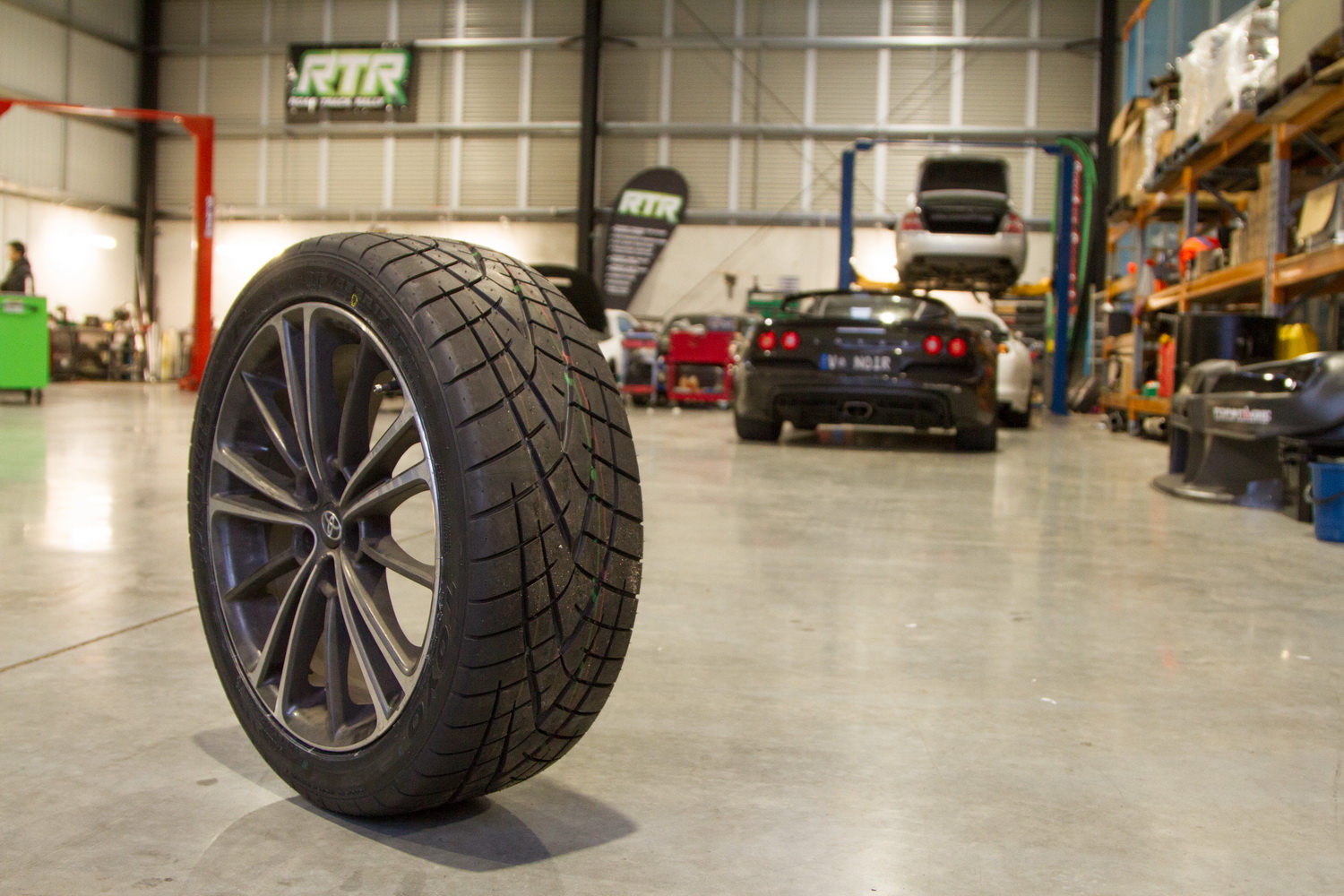
Frequently Asked Questions About Car Tyres
If you’re looking to buy new tyres, then you’ve probably come across the terms ‘all-season tyre’, ‘summer tyre’ and ‘winter tyre.’ Here are answers to some of the most frequently asked questions about them so that you can choose what’s suitable for your car.
All-season tyre
An all-season or ‘four seasons’ tyre is fitted with rubber compounds specifically designed to enable safe winter driving without changing the wheel/tyre combination during the year.
A dedicated winter (or snow), summer (or extreme summer), and wet (or rain) tyres would be required if more than one of these weather conditions were anticipated on any given day.
Compounds
The many compounds used in making tyres vary in their specific rubber hardnesses, resulting from the varying strengths of molecular bonds. This attribute is known as ‘toughness.’ The compound used to make a tyre determines its ability to cope with fluctuating summer and winter temperatures and provides the flexibility needed for a safe grip on wet roads.
- An all-season tyre is designed to maintain its performance level over a wide temperature range – it must not get too hard or too soft at low or high temperatures, respectively. So it must combine characteristics of both summer and winter tyres (see below).
- All-seasons are also fitted with treads that can handle light snow but provide good hydroplaning resistance on rainy days.
- All-season tyres offer less grip than dedicated summer or winter tyres but are a good
- compromise if your driving is mainly on wet roads with the occasional foray into light snow.
Summer tyres
Also known as ‘sporty’ or sometimes ‘high performance’ Tyres Southampton, summer tires are fitted to road cars primarily for use during the summer months.
Compounds
The rubber compound of these tyres has high levels of silica and tends to be more complicated than that of all-season or winter tyres. This gives it good dry grip properties but less flexibility in cold temperatures, so the tyre tends to become hard and slippery when it’s below 7°C outside.
The compound will become softer when the tyre heats up, staying flexible even at higher outside temperatures. It will start grippy but can get slippery when scorching, so summer Bridgestone Tyres Southampton shouldn’t be used when the temperature drops below 7°C or above 29°C.
Most summer tyres have deeper tread depths than their all-season cousins (they may look like much higher mileage tyres than they are).
Winter tyres
Winter or snow Bridgestone Tyres Southampton, (tyres with ‘M+S’ stamped on their sidewall in Europe; ‘MS’, ‘M/S’ or ‘mud and snow’ in other parts of the world) are fitted for use in cold temperatures, snow, and ice. They are sometimes used when driving in heavy rain to give extra grip because their compounds are softer than summer tyres, meaning they will provide better traction on the road surface.
Compounds
Winter tyres usually feature rubber compounds with high silica content, making them flexible enough for use at low temperatures but grippy even when conditions are bad. Higher silica levels mean less flexibility and poorer performance in warmer weather because it makes the compound softer and more susceptible to heat build-up than other types of tyre.
Winter tyres also tend to have stiffer sidewalls than all-season or summer tyres, which means they’re better able to maintain their shape in cold conditions and not become flattered under load, resulting in reduced contact patch size and therefore reduced grip.
- Winter tyres have deeper tread depths than summer or all-season tyres (but not as deep as dedicated snow tyres with metal studs).
- Deep grooves (known as sipes) cut into the tread blocks help remove snow from the tyre’s contact patch more quickly, and these grooves contain special siping that makes the sipes flexible even at lower temperatures.
- The deeper grooves also help with aquaplaning by keeping water dispersed across a larger area of the tyre – rather than forming a puddle between two contact patches, which could lead to a loss of control – so there’s more grip on the road.
How do winter tyres differ from dedicated snow tyres?
Snow and ice-rated (or studless) winter tyres are designed specifically for snow, ice, and cold weather.
- They feature metal studs or ‘ice spikes’ that protrude through the tyre’s tread to improve traction on slippery surfaces, especially when driving forward but also when driving in reverse (because rubber is stickier than most substances you’re likely to encounter while reversing over ice so the tyre will grip better).
- These tyres usually have deeper tread depths than summer or all-season designs because they need to cope with water accumulation (and its effects) at low temperatures.







